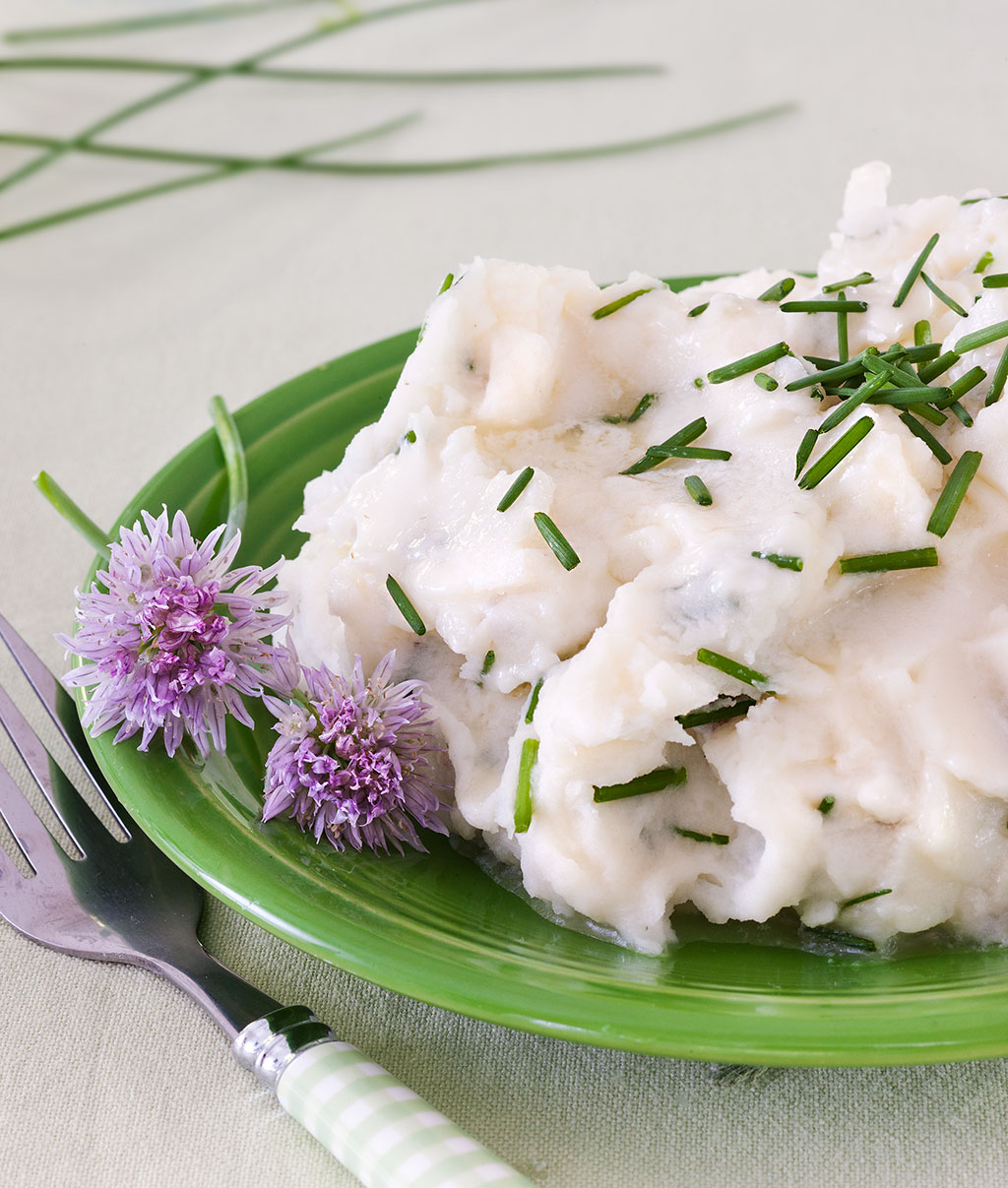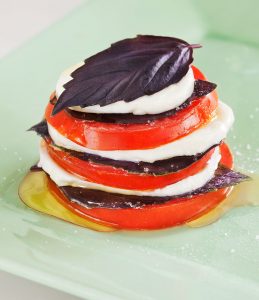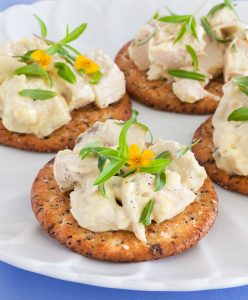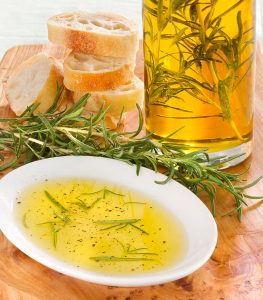

Easy to grow, onion chives pack a lot of flavour for their compact size. The plants form neat grass-like clumps of tubular leaves that contribute an onion flavour to salads, creamy soups, potatoes, egg dishes, and others. A wonderful addition to an herb garden. Great for containers, and also makes a neat border. Enjoy the light purple blooms in the spring–they are edible, too. Frost tolerant.
- Type Perennial in zones 3 to 10
- Planting time Spring, fall
- Features Waxy, grass-like leaves flavoured like onion, purple blooms
- Light Full sun
- Soil Fertile, well drained
- Spacing 8 to 12 inches
- Plant size: 1 foot tall
- Garden use Herb garden, flower border, containers
- Culinary use For dishes that need a mild, onion-like flavour
Light requirements Full sun. Plants can also grow in part shade in the South and Southwest.
Planting Space 8 to 12 inches apart.
Soil requirements Plants grow fastest in rich, well-drained soil, but also tolerate a range of soil types.
Water requirements Keep soil moist after planting until plants are well-rooted. Once established, plants in beds survive on rainfall.
Frost-fighting plan Onion chives are perennial in zones 3 to 10. Plants can survive light frost (29-32º F). Protect newly planted seedlings from late spring frosts or prolong the growing season by covering plants with a frost blanket.
Common issues Give chives a midsummer trim if plants are floppy and scraggly from lack of harvest. Keep an eye out for aphids.
Harvesting Pick leaves at any point in the growing season. Flowers are edible, too; break them apart into individual blooms before adding to dishes for less intense flavor. Cut from the outside of the clump, about ½ inch above the soil level.
Storage Store in water at room temperature to enjoy fresh clippings for a few days. Otherwise, wrap unwashed stems loosely in a paper towel and stash in a very loosely closed plastic bag in a warmer spot in your refrigerator, like a compartment in the door. For longer storage, dry or freeze leaves.



